Dr. Katrina Warren’s Tips on Dog Park Etiquette
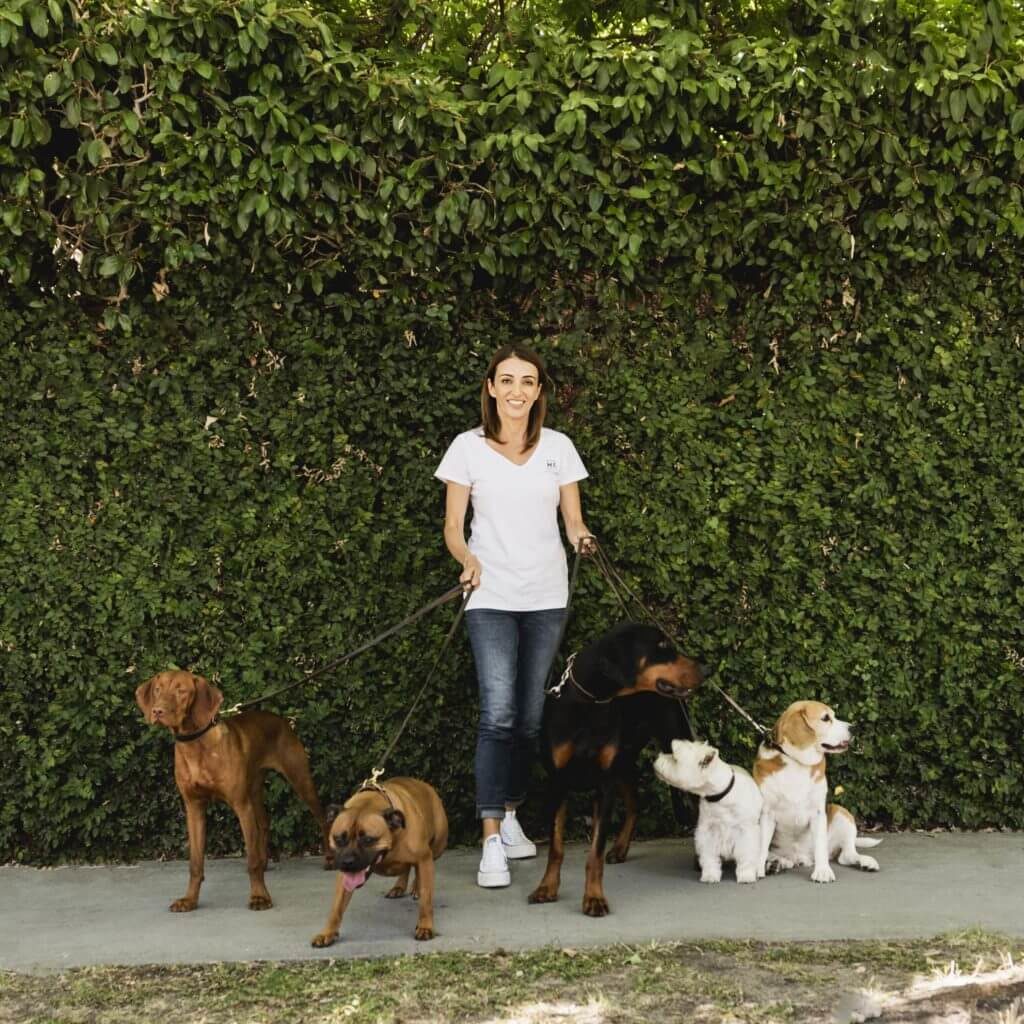
Off-leash dog parks are becoming increasingly popular as people look for places where they can let their dogs run and play. While they can offer a fun outing for well-socialised and trained dogs, allowing your dog off-leash with a group of dogs you don’t know can be dangerous. Dog fights are common, and smaller or more timid dogs can easily be injured or scared, and it is not worth the risk, so I do not let my dogs run off-leash at any dog park unless I am with other dogs that I know and trust.
Over the years, I’ve watched countless interactions at dog parks between dogs and also owners (and many of them were not good!), so I’ve written my top tips around Dog Park Etiquette to help make dog parks a safer place for everyone.
1. Supervision – put your phone away so you can supervise your dogs properly. I have witnessed dozens of people not notice when their dog has done their business because they were too busy on their phone. You should also be watching to make sure your dog does not eat anything inappropriate, and very importantly, you should always be watching their interaction with other dogs.
2. Avoid balls & toys – Chasing balls can be great fun for your dog and an excellent way to expend some of their energy but should be avoided around dogs you don’t know to prevent possessive behaviour and potential fights.
3. Teach the recall – Do not take your dog off their leash if they do not reliably return when you call them. This is important for their safety and also the safety of other animals and people. You must be able to call them back to you at all times, and it is unrealistic to expect a puppy or young dog to be able to do this, so I do not recommend allowing young dogs the freedom of running off lead in a dog park that is not fully fenced. When teaching recall, ensure you are clearly using clear commands, repetition and rewarding good behaviour with a treat such as Houndztooth’s 100% Natural Salmon treats. Not only are these treats packed with protein and naturally occurring vitamins and minerals, they are also the perfect reward for a recall training session!
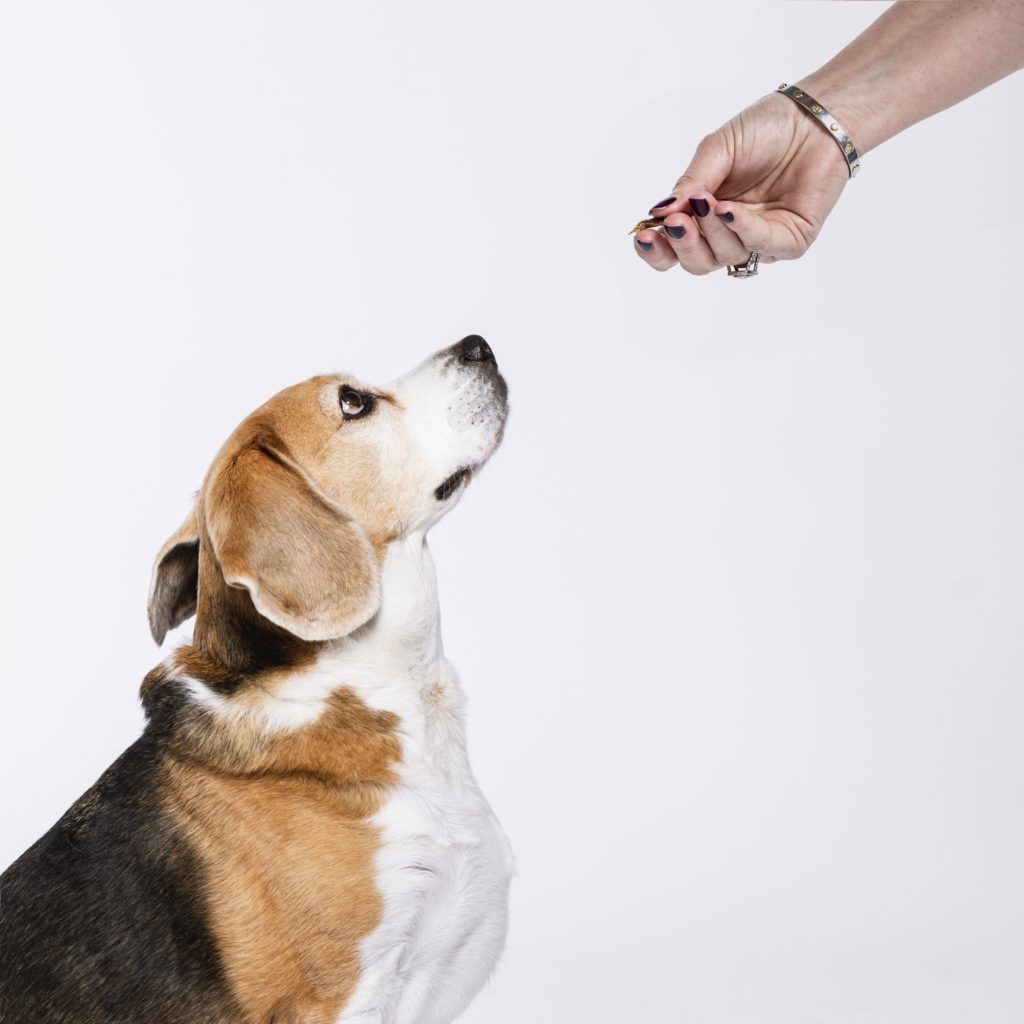
4. Ask before giving treats – always ask the other owner before you give another dog treats. It may have health issues or dietary restrictions, or the owner may not want it to be pestering other people for treats and food. If you do have their permission, the best option is one of our 100% Natural Dog Treats.
5. Be honest about how your dog behaves – If your dog plays roughly or has previously started fights, then be responsible and do not take them to an environment where this may happen again? Does your dog have a good recall? Does your dog bully others? If your dog is timid or scared of other dogs, a dog park can be terrifying for them and best to be avoided.
6. Don’t let your dog bother other dogs – lots of people use the dog park, and just because someone is in the same park as you does not automatically mean they want your dog interacting with theirs. Always ask the owner if they are happy for your dogs to play together. Remember, no matter how friendly and easy-going your dog is, the other dog may be reactive and not play nicely.
7. Don’t take your puppy – many people get excited when their puppy has their final vaccination and head straight to the dog park. Still, it can be overwhelming and is a hazardous environment for a puppy. There may be big, boisterous dogs or aggressive dogs that could do enormous damage to a young puppy. You want your puppy to have positive experiences with other dogs, and this is better done in a controlled environment with dogs you know.
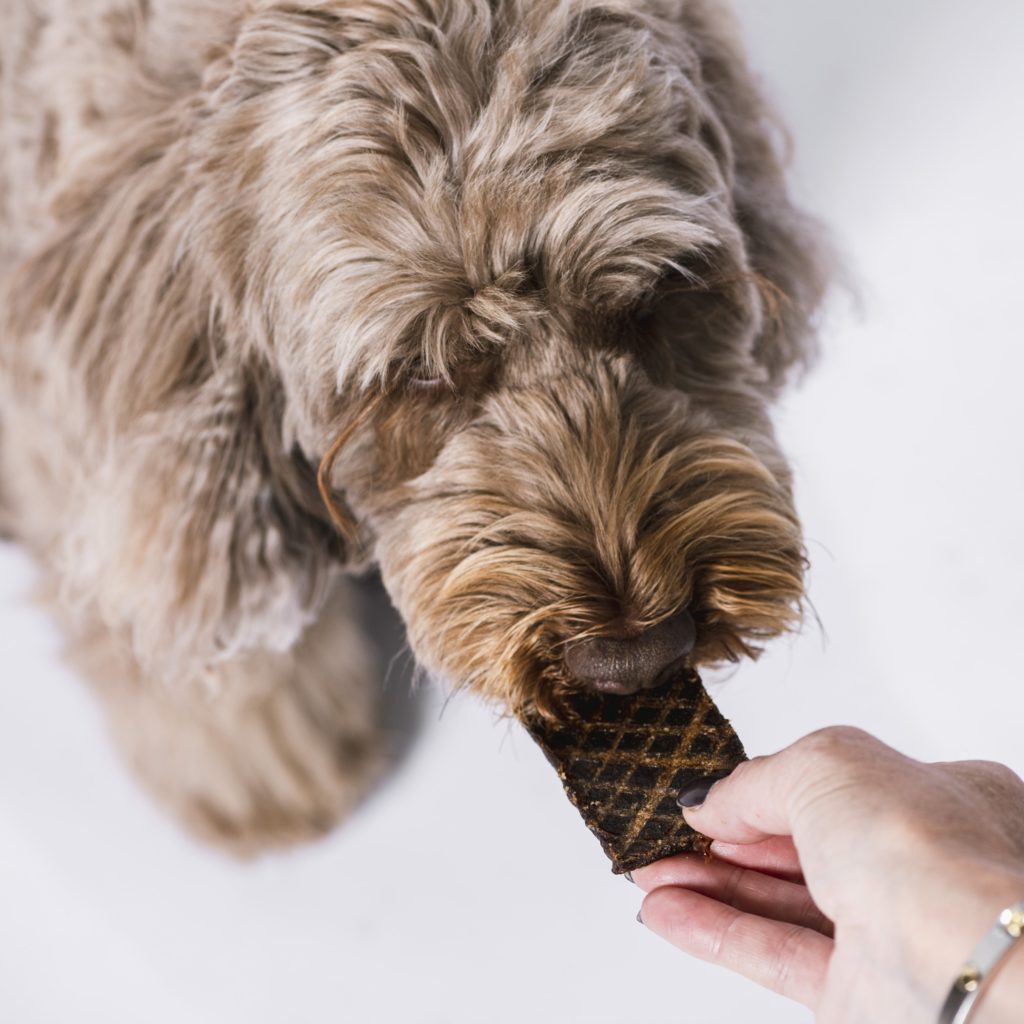
8. Retractable leads do not offer reasonable control – a dog at the end of a retractable leash may still get far enough away from you to get into trouble. They may be able to run onto the road, get into a fight, or get tangled around another animal, tree, or human. These leads can be helpful when teaching your dog the recall, but a traditional style lead is a much safer way to walk your dog. Our Leather Training & Traffic lead is a quality, safe option with a huge amount of control, designed not only to give you more control over your dog than standard leashes but to stand the test of time with leather and brass components. This leash will be your best friend in the dog park.
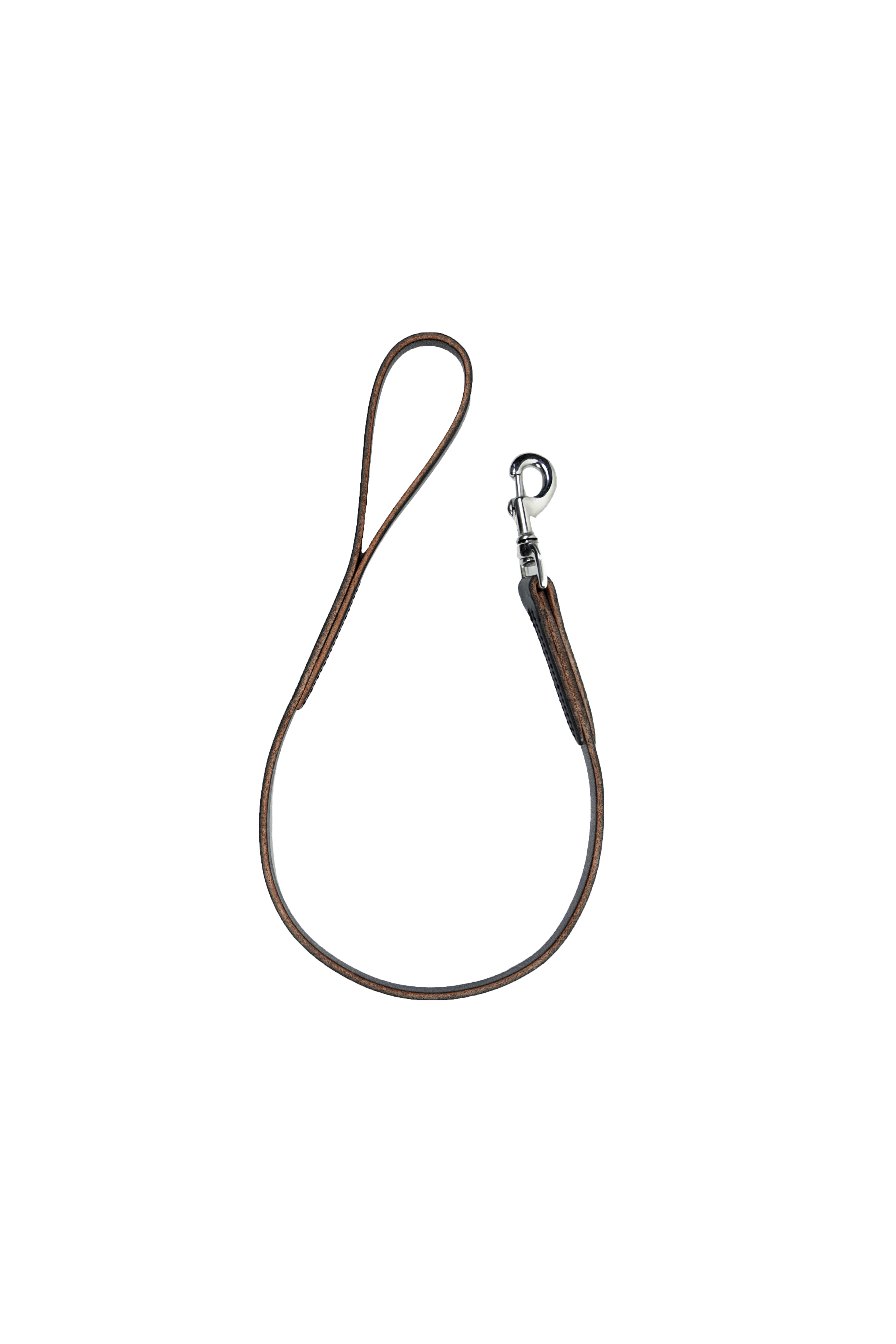
Houndz Black Leather Dog Lead
Inspired design. Fine craftsmanship. Luxurious comfort.
Our training leather dog lead is designed for functionality and durability. The perfect size lead for training puppies and mature dogs of all sizes. Ideal for walking close traffic and busy places where it is important to keep your dog close to you. Designed by Houndztooth and handcrafted in Australia by leading leather craftsman, Angus Barrett. Our supple black English bridle leather lead is designed for comfort, style, and longevity with stainless steel components. “Take advantage of this exclusive offer on our discontinued product – the same trusted quality, now at a special price as we make room for exciting new additions!”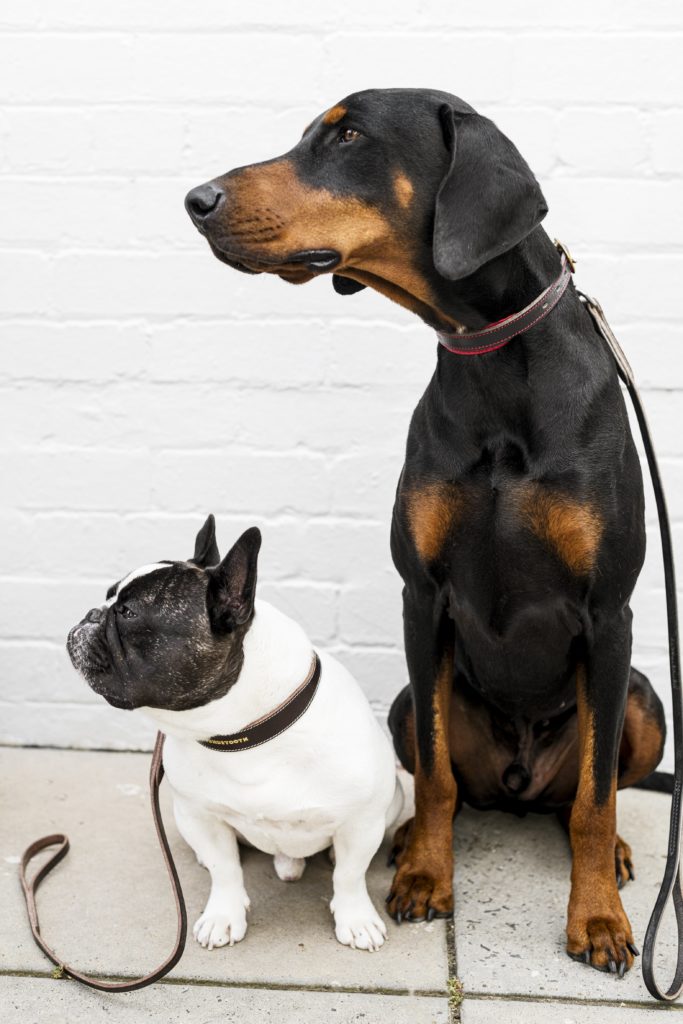
9. Your dog does not always have to say hello – if someone is walking their dog on a lead and is not approaching you, please give them space and don’t encourage your dog to “say hello.” You have no idea of the nature of the dog on the lead. Often an owner will keep a dog on the lead if they know it may react badly to other dogs. The polite thing to do is call your dog to you and move away, rather than encourage them to say hello.
10. Pick up the poo – this should be a no-brainer, but the recent increase in dog ownership has brought a Poodemic of its own. Nobody wants to stand in poo, so pick it up, please!
